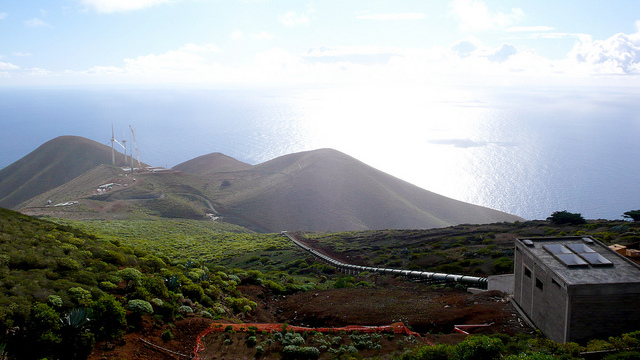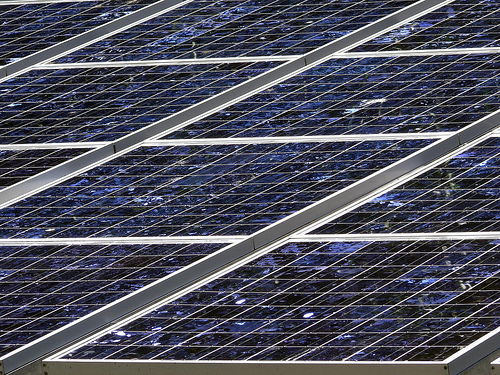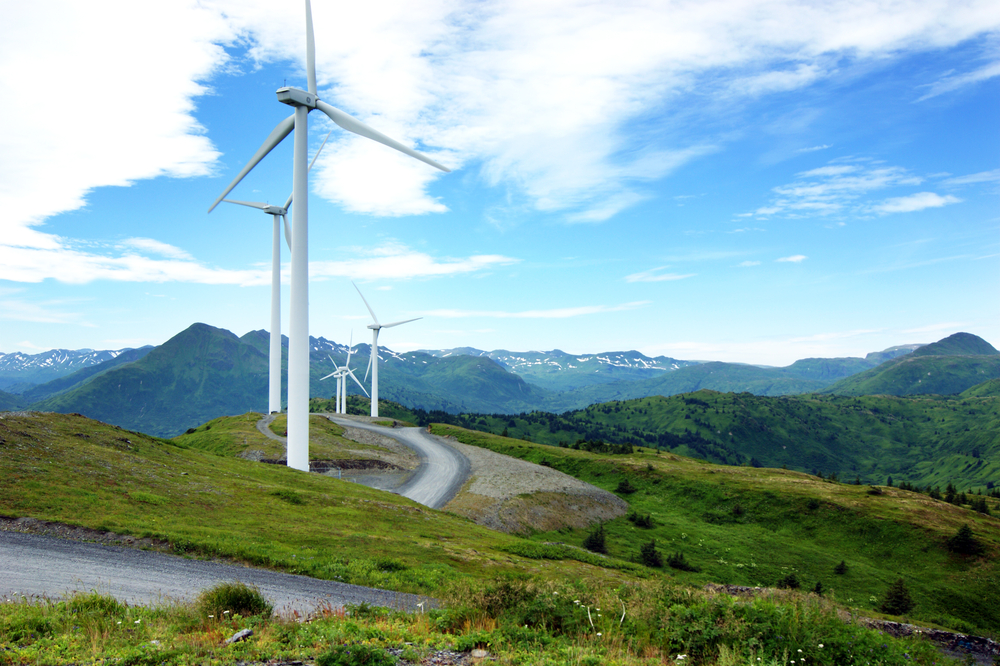Can you cut 1 Tonne of carbon pollution out of your life?
Take the challengeA fossil-fuel free future is possible!
100% renewable energy is fast becoming more of a reality rather than a dream.
Being isolated from the mainland can make generating energy a difficult process, but these four islands have taken matters into their own, self-sufficient hands: they're powered by 100% renewable energy. Perhaps they can teach the rest of the world a thing or two about large-scale practices of sustainability.
El Hierro, Spain

Photo credit: Jose Mesa via Flickr
El Hierro is situated off the west coast of Africa, and is the most remote of Spain's Canary Islands. In fact, before the island began generating their own power, they had 6,600 tonnes of diesel fuel shipped from the mainland to feed the 10,000 residents their energy. Not only was this a fossil-fuel frenzy, but it was costly and an unsustainable practice.
Now they give the words 'power plant' a positive spin. Their power plant consists of a wind and water turbine farm, with five industrial windmills and two lakes. Their goal is to be 100% powered by renewable energy by the end of 2015.
And we're inspired by their pragmatic approach to renewable energy that is tailored to their environment. After five seconds of the wind dying down, a pump connecting the two lakes generates hydro-power. During the night time when there is excess energy from the windmills, water is pumped from sea levels up into a natural volcanic crater.
SamsØ, Denmark

Photo credit: Marcelo Medeiros via flickr
This island off the coast of Denmark fully functions on renewable energy, primarily wind energy. In 1998 the island underwent a ten year plan to establish 11, one megawatt wind turbines, which now provides electricity to the island's population of 4000. In fact, SamsØ is generating so much clean energy that they are exporting their surplus.
But wind energy isn't the sole contributor to the island's energy source: biomass generated electricity (straw-based heating systems) and solar power plants are situated among each district, heating them individually.
Have a look at their funky interactive map that explains each component of their renewable energy system!
Tokelau, New Zealand

Photo credit: The United Nations via flickr
This remote island, situated between New Zealand and Hawaii, is technically one of New Zealand's territories. But as part of the road to independence, the island installed solar power to disconnect from the power grid. Soon, it will be the first nation to run entirely on solar power.
This solar power plant is generating enough electricity to power 150% of Tokelau's energy needs. Previously, diesel was shipped to the island, costing one million dollars annually. The money saved from the diesel costs will be put towards social programs. On overcast days and emergencies, some diesel fuelled electricity is still required, but an attempt to reduce even these are in place.
Kodiak Island, Alaska

Kodiak Island's renewable energy target of 95% clean energy by 2020 has been well surpassed, with 99.7% of their energy sourced from wind and hydro power in 2015. The island is the second largest in the US with a population of 15,000.
In both an attempt to reduce carbon emissions and to reduce their electricity bill (which was one of the highest in the country), Kodiak Island has now reached economic stability and have impressively reduced their emissions, sending a message to the rest of the country in the process.
READ THIS NEXT: Sustainable heating: a thing of the future!

